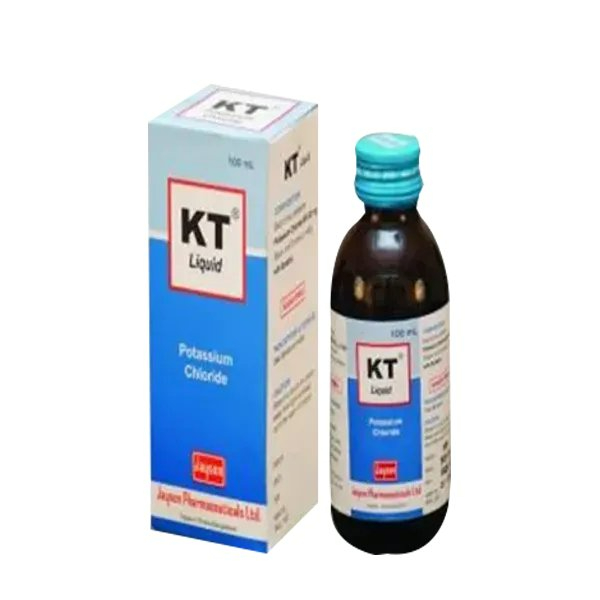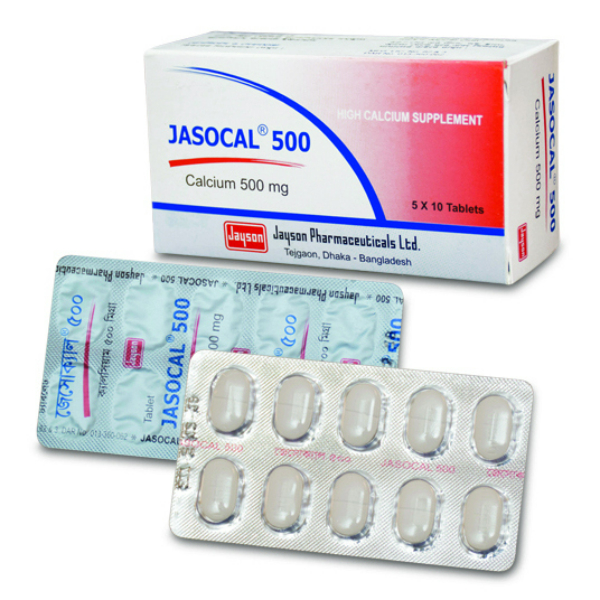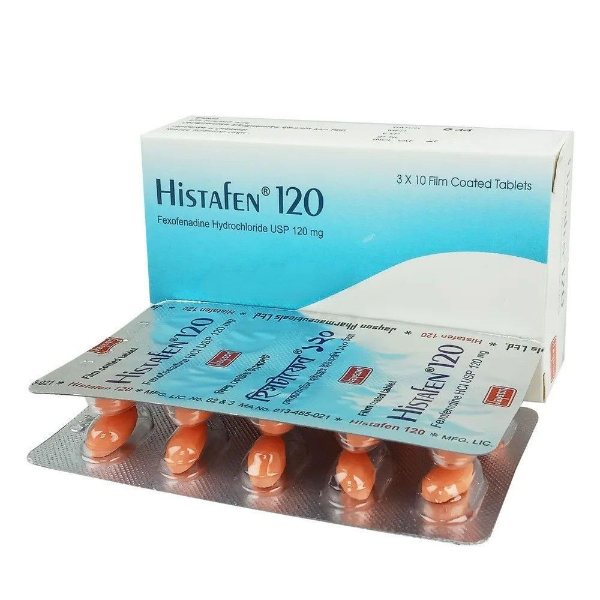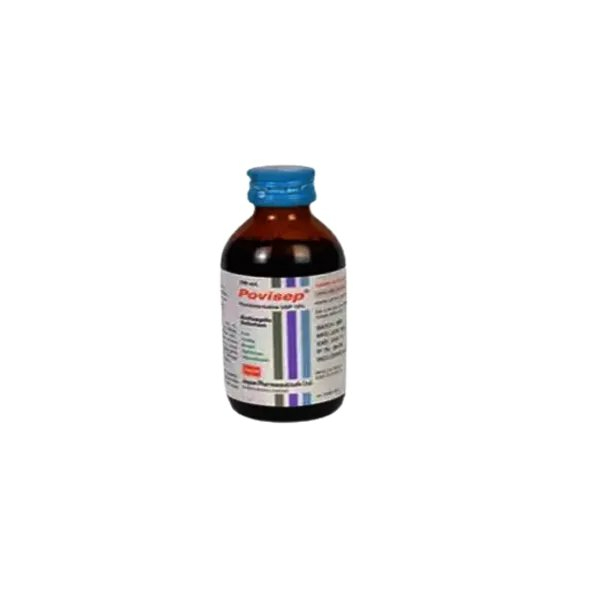Description
রেজিস্টার্ড চিকিৎসকের পরামর্শ মোতাবেক ঔষধ সেবন করুন*
Indications:
-
Metabolic acidosis (e.g., renal failure, severe diarrhea, lactic acidosis)
-
Cardiac arrest (as part of advanced cardiac life support)
-
Drug intoxication (e.g., barbiturates, salicylates, tricyclic antidepressants)
-
Hyperkalemia (to shift potassium intracellularly)
-
Diabetic ketoacidosis (in selected cases)
-
Urinary alkalinization
Pharmacology:
Sodium bicarbonate acts as a systemic alkalinizing agent by neutralizing hydrogen ion concentration and raising blood pH. It dissociates to form sodium and bicarbonate ions, which buffer excess hydrogen ions in the blood and tissues.
Dosage:
-
Dose individualized based on blood gas and electrolyte levels
-
Usual dose: 1 mEq/kg IV, may be repeated based on clinical need
-
For 7.5% solution: 1 mL = 0.75 mEq of bicarbonate
Administration:
-
Administered intravenously
-
Must be diluted and infused slowly to avoid complications
-
Use under medical supervision with monitoring of pH, electrolytes, and CO₂ levels
Interaction:
-
May inactivate catecholamines and some other drugs when mixed in same IV line
-
May increase sodium load and cause fluid retention
-
May decrease the efficacy of certain antifungals (e.g., ketoconazole)
Contraindications:
-
Alkalosis
-
Hypocalcemia
-
Hypernatremia
-
Pulmonary edema
-
Inadequate ventilation (risk of CO₂ retention)
Side Effects:
-
Metabolic alkalosis
-
Hypokalemia, hypocalcemia
-
Hypernatremia
-
Volume overload, pulmonary edema
-
Injection site reactions (pain, inflammation)
Pregnancy & Lactation:
-
Use only if clearly needed and under medical supervision
-
No known teratogenic effects but safety not fully established
Precautions & Warnings:
-
Use with caution in patients with heart failure, renal impairment, or hypertension
-
Monitor electrolytes, pH, and fluid status regularly
-
Do not mix with calcium-containing solutions
Therapeutic Class:
Alkalinizing Agents, Electrolyte Replacement Therapy
Storage Conditions:
-
Store below 25°C
-
Protect from light
-
Do not freeze
-
Keep out of reach of children

.jpg)
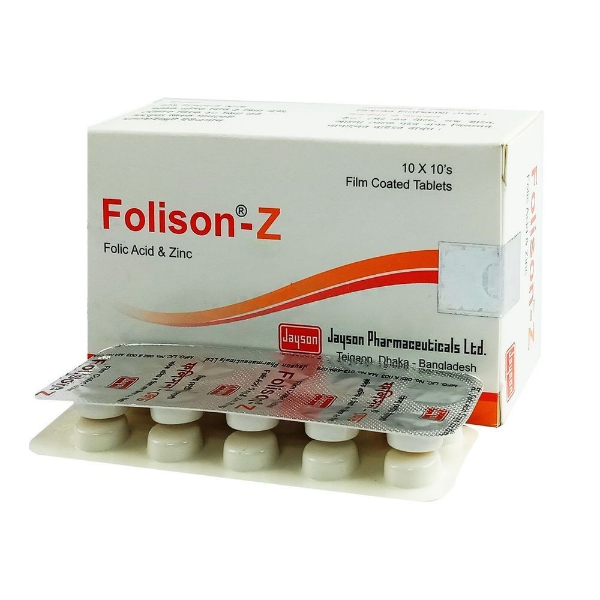

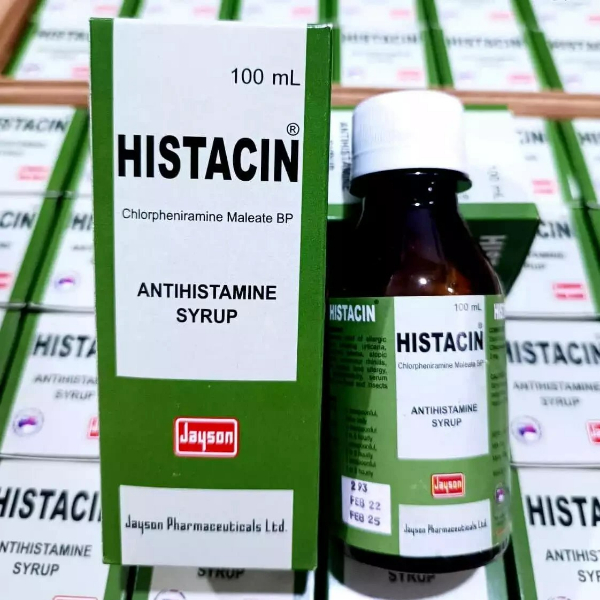
.jpg)

